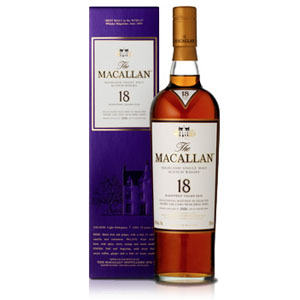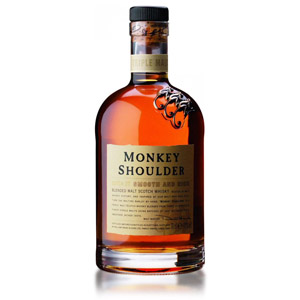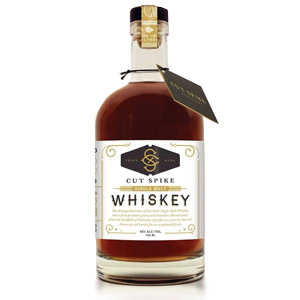You have no idea how tempted I was to clone (once again) the previous Filibuster reviews, since all of that verbiage applies here and fills up a nice chunk of blog real-estate. After tasting both the Filibuster Rye and the Bourbon which are both sourced (for now), the Boondoggler is in a kind of no-man’s land between them.
When a bottle label says that it was a “small batch” of whiskey “aged in 5 different barrels” my mind automatically Google Translates that into “made from leftover barrels that we didn’t know what to do with.” That may or may not be fair but I just write a blog so I don’t have to be fair. Apparently the blend started as a personal project for the owner, who wanted a house blend of his own products. The story goes that the result was “so good” that they decided to bottle it and sell it. For less than their other products. Sure.
The casks used include new American white oak, both red and white wine seasoned French oak, and both Fino and Pedro Ximénez sherry casks. In case you were wondering what “seasoned” means, it means they took (probably) old casks and filled them up with bulk wine or sherry (which could have been re-used for this purpose) and then either sloshed them around inside or let them sit for a few weeks to soak. This is pretty common in the industry across the world these days especially as real, fresh sherry casks become harder to find and more expensive. It’s also the only way to acquire casks for wines that are usually un-aged, like riesling or sauvignon blanc.
The whiskey in question is a combination of sourced whiskey from Virginia and Indiana just like their bourbon, but this bottle does not have “bourbon” on the label. This could be due to a variety of reasons. For example, if the percentage of corn in the original mash bill is below 51%, it cannot be called bourbon. If some of the liquid did not spend time (any amount of time) in new, charred oak… for example, if it were aged only in re-used casks or wine casks, then it cannot be called bourbon. Lastly, if all of the components that went into the blend could not be labelled as “bourbon” individually, then the blend cannot either. I’m guessing this is a blend of bourbon and rye, hence the label restriction, or that they didn’t want to do the paperwork on all of those casks.
The resulting blend of whiskies is bottled at 45% ABV. My bottle is from batch #20.
Nose: The piney note from the Bourbon is here as well, along with a fruit punch / bubblegum note. A rest in the glass helps to integrate these, and brings out a rock candy syrup aroma.
Palate: Thin body. A moderate tongue burn is followed by more fruit punch and bubblegum, as well as corn syrup and oaky furniture polish. Some mouth-drying tannins, and no off-notes, but not particularly complex.
Finish: Medium length. The pine note returns, and puckering tannins continue to dry the mouth and lips. No bitterness, but also no evolution. Fades with a hint of grape skins.
With Water: A few drops of water adds some tartness to the already-tart fruit punch notes. The water also adds some processed-sugar (cheap candy) notes to the palate and finish. I don’t suggest adding water to this.
Overall: This doesn’t really speak to me. The wine barrels do contribute some fruit notes, but they seem confused and not well-integrated. The rye, which was so expressive by itself, is lost in the fog here. Still, it’s a fun little whiskey and the price is right if you can find it under $30, but a current scan of retail spots on the Internet shows prices around $35. I would pay $25 for another bottle. I would not pay $35. I’m marking this “Try Before Buy” unless you can find it on the cheap.
Of the three Filibuster whiskies that I’ve tried, the rye is my favorite.









Thanks for this. It had crossed my mind to get a bottle during a recent trip to Virginia. In some ways I’m glad I didn’t but then again every bottle adds to the experience.
A nit. I think you are confusing the definition of “straight bourbon” with the definition of “bourbon”. To be classified as straight, the bourbon must age in new charred oak for a minimum of two years, but there is no minimum age for simple bourbon. You could age the spirit in a new charred oak bucket for 5 minutes and call it bourbon. Love your work, thanks!
Thanks! You’re right. I’ll update the post.
This reminds me of a whiskey we drank back in the 80s called Philadelphia.